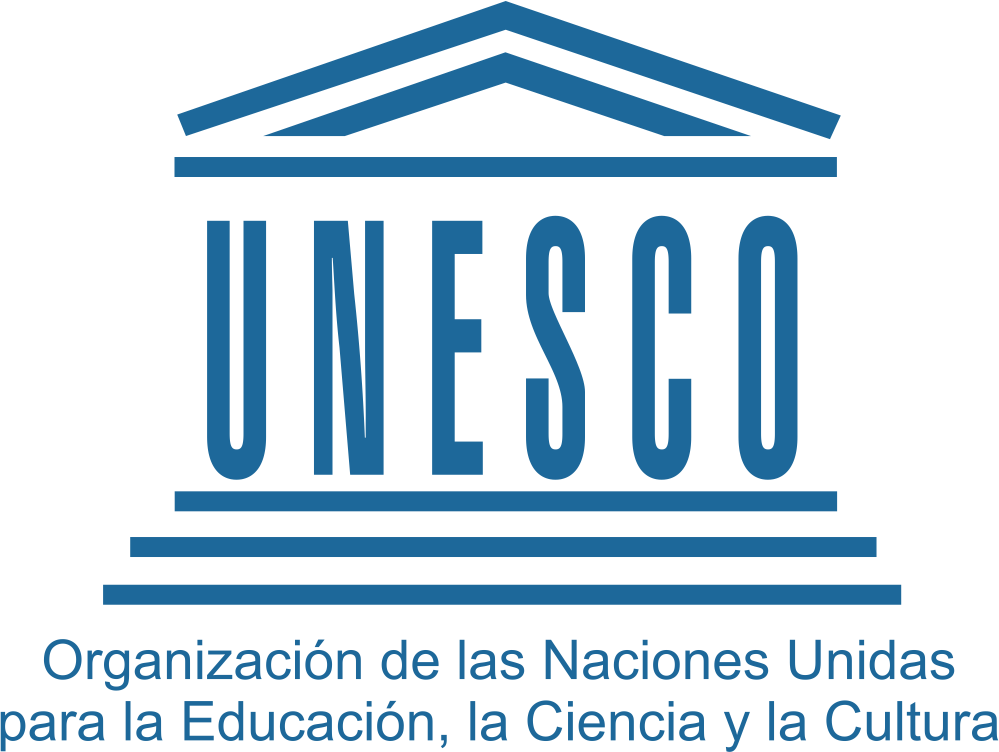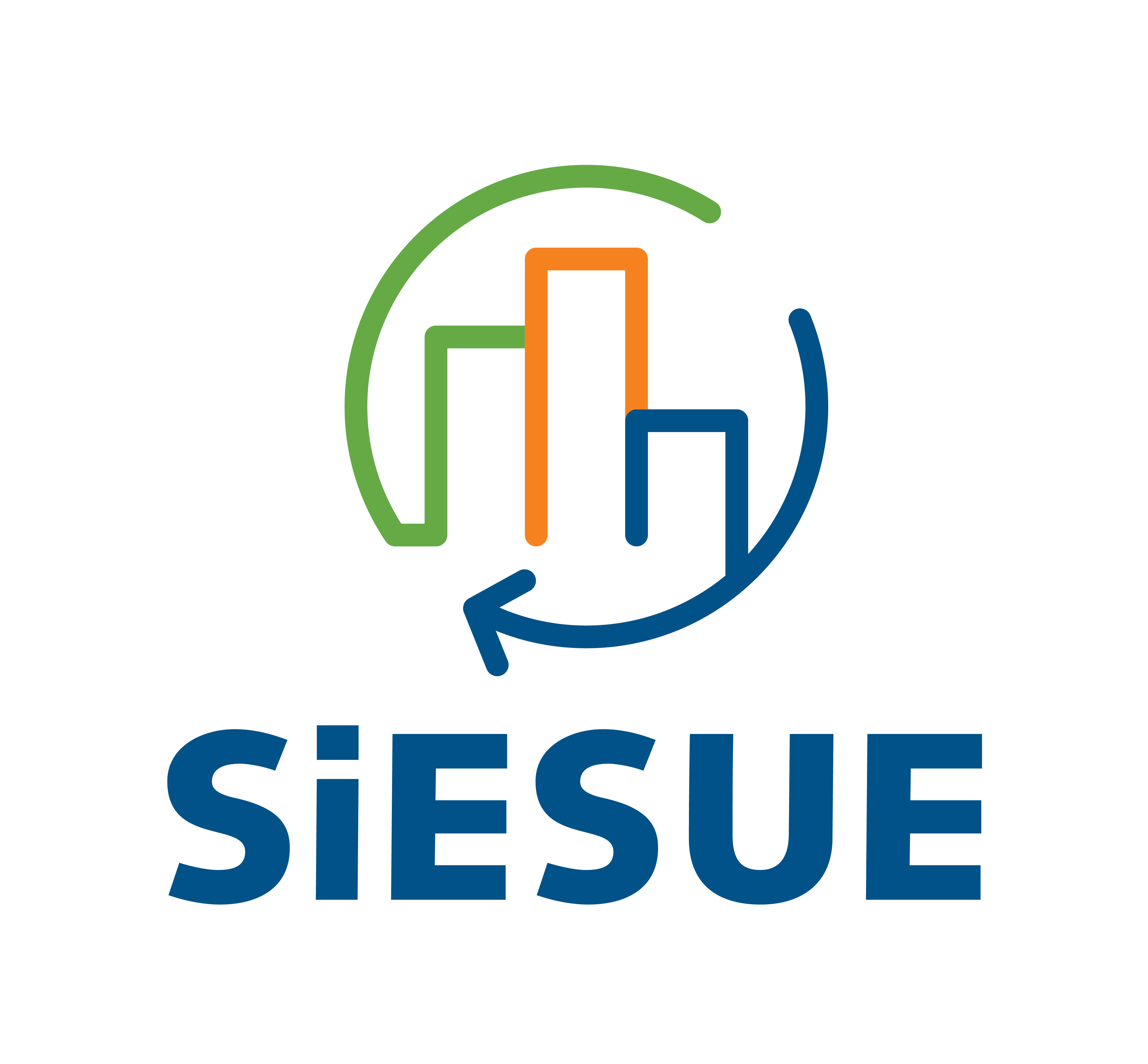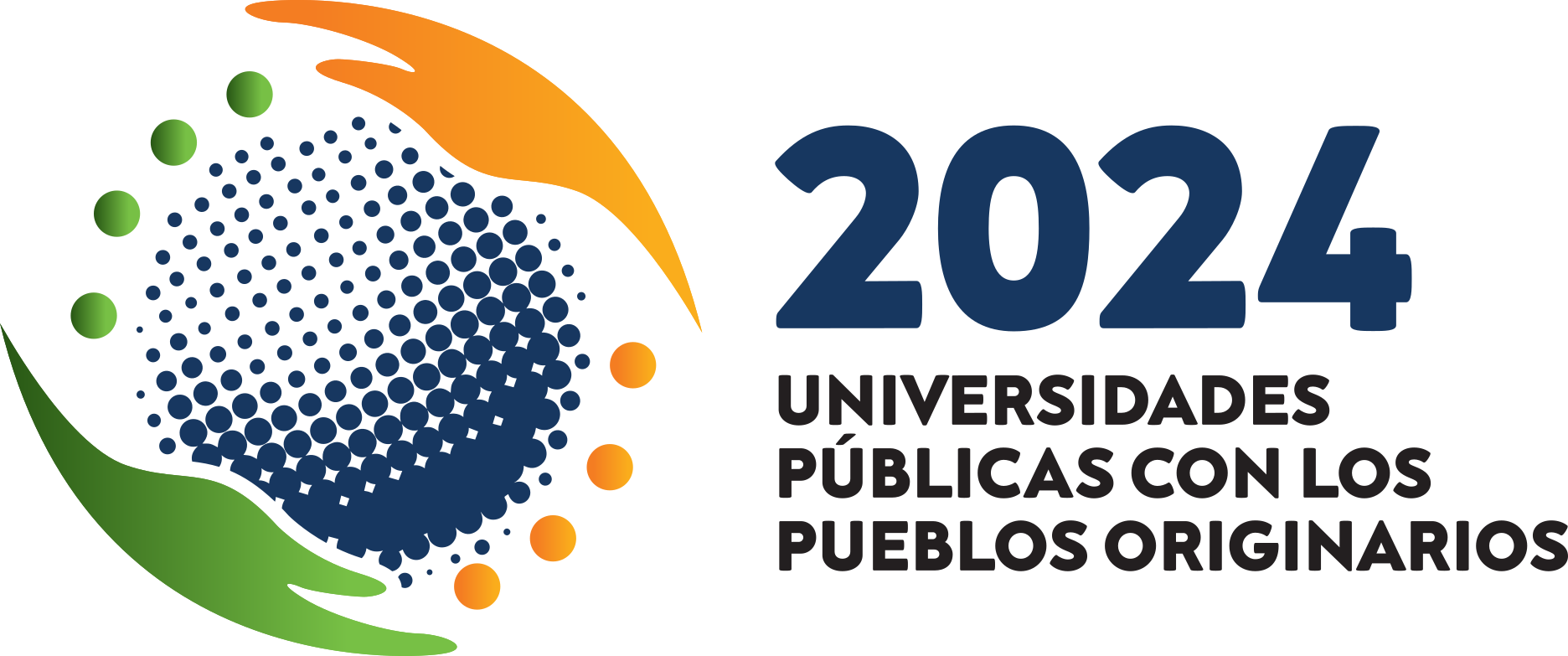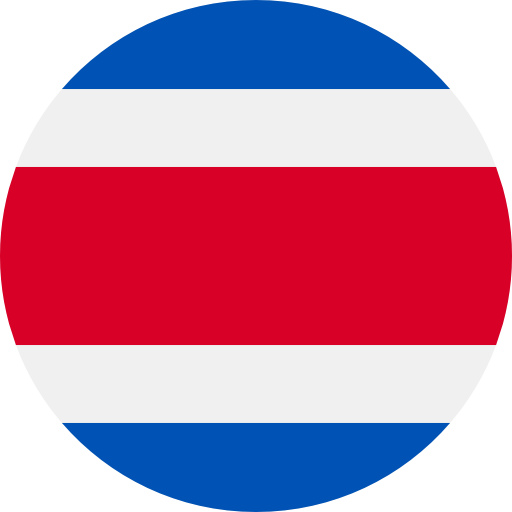
What does it consist of?
The purpose of this tool is to collect information to help understand the data production cycle in countries that report education to the UNESCO Institute for Statistics (UIS).
Since the adoption of the Sustainable Development Goals (SDGs), the UNESCO Institute for Statistics (UIS) has been clearly recognized as «the official source of internationally comparable data on education». Their job is to develop new indicators, statistical approaches and methodological tools in order to better assess the progress achieved between the goals linked to UNESCO’s mandate, working in coordination with the objectives of the 2030 agenda. «
Costa Rica since 2017 sends and completes the UNESCO instrument annually, with information regarding enrollment, first admission, graduates and academic staff.
Generalities
The instrument is completed by the Interuniversity Planning Division (DPI) of the National Council of Rectors (Conare), which are sent via email to Unesco officials, the questionnaires are sent annually with a deadline during the month of February.
A communication channel is constantly being established with Unesco liaisons to answer questions and / or modifications to the instrument. Likewise, the commitment to inform in case of any change in the data files of higher education is maintained.
Information sources:
Instrument contents
The instrument consists of 8 Excel sheets, each of which requests information on: enrollment, admission, graduates, and academic staff.
Sheet C2: Number of students enrolled by level, institution and sex
Sheet C3: Number of students enrolled by level, field of education and sex
Sheet C4: Number of new students by level and sex
Sheet C5: Number of regular and newly enrolled students by age and sex
Sheet C7: Number of graduates by field of education and sex I
Sheet C8: Number of academic staff by level of education and type of dedication by type of institution and sex.
It is important to note that the data on academic staff refers to the academic degree obtained, not the one they perform in the exercise of their work.
Sheet C6 is not completed; with mobile student information. In the absence of information from tertiary education institutions.
Instrument contents
The instrument consists of 8 Excel sheets, each of which requests information on: enrollment, admission, graduates, and academic staff.
Sheet C2: Number of students enrolled by level, institution and sex
Sheet C3: Number of students enrolled by level, field of education and sex
Sheet C4: Number of new students by level and sex
Sheet C5: Number of regular and newly enrolled students by age and sex
Sheet C7: Number of graduates by field of education and sex I
Sheet C8: Number of academic staff by level of education and type of dedication by type of institution and sex.
It is important to note that the data on academic staff refers to the academic degree obtained, not the one they perform in the exercise of their work.
Sheet C6 is not completed; with mobile student information. In the absence of information from tertiary education institutions.
Methodology
This section takes as a reference the information updated by Unesco 2013, for the different classifications of the variables included in the Unesco instrument, in which their conceptualization is detailed:
Unesco fields of education (broad field):
From the description of the career in the data files of enrollment, admission, diplomas and human talent, the DPI of Conare performs the classification of Unesco areas, based on the manual of the International Standard Classification of Education (ISCED), 2013 of UNESCO.
The careers are classified, according to the UNESCO catalog, using the 10 UNESCO areas available which are detailed below:
UNESCO Area
Education
Arts and Humanities
Social sciences, journalism and information
Business administration and law
Natural Sciences, Mathematics and Statistics
Technology of the information and communication
Engineering, industry and construction
Agriculture, forestry, fisheries and veterinary medicine
Health & Wellness
Services
CINE Classification:
The International Standard Classification of Education (ISCED) is created by UNESCO to determine the level of education, which is represented by a set that groups educational programs in relation to degrees of learning experiences and knowledge, skills and competencies. that an educational program is intended to teach. The detail of this classification is mentioned below:
ISCED level Academic grades that make up the ISCED level
ISCED 5 Diploma and teaching staff
ISCED 6 Baccalaureate and Bachelor’s degree
ISCED 7 Professional specialty and master’s degree
ISCED 8 Doctorate
No information No information
Country of origin:
Name of the country of origin reported by the student / graduate, and classified according to International ISO standards. 249 countries, territories or areas of geographic interest that have been assigned official codes in the ISO 3166-1 standard are detailed. The country of origin facilitates the classification by continent.
Age ranges:
It is the grouping of simple ages of the student / graduate, for classification purposes used by Unesco.
Unesco age range
15 to 34 years (Simple age)
35 to 39 years
40 to 44 years
45 to 49 years
50 to 54 years
55 to 59 years
More than 60 years
Academic days:
The human talent offices of the state universities report the hours of academic officials in simple hours, which do not exceed a full and a half time (1 ½ t.c) of their professors.
Equivalent full times:
The hiring of the time of the civil servants, distributed in days that are grouped for their counting.
The Conare DPI obtains this classification by adding the simple days of all the academic officials of the state universities.
Academic officials:
It refers to the total number of academics corresponds to the sum of the academics who work in the five state universities.
Enrollment:
Or also understood as regular physical student enrollment, in higher education it comprises the set of first-entry and non-first-entry students, specifically from the first school period (either quarter, semester or semester).
Admission:
Or also understood as enrollment of first-time physical students, higher education includes those students who enroll for the first time in an undergraduate career, offered by a higher education institution, during the first school period (either quarter, semester or semester).
Follow-up of the questionnaires:
• The Unesco questionnaire is sent in 2017:
The information on students (enrollment and admission) as well as the academic staff corresponds to the year 2016.
The information on graduates corresponds to the year 2015.
• The Unesco questionnaire is sent in 2018:
The information on students (enrollment and admission) as well as the academic staff corresponds to the year 2017.
The information on graduates corresponds to the year 2016.
• The Unesco questionnaire is sent in 2019:
The information on students (enrollment and admission) as well as the academic staff corresponds to the year 2018.
The information on graduates corresponds to the year 2017.
• The Unesco questionnaire is sent in 2020:
The Unesco 2020 questionnaire has a different processing, since it is the last year that information from parauniversity, international and private universities is incorporated, based on project data from previous years, particularly in enrollment and admission information.
Enrollment and Admission
The 2019 enrollment and admission variables, which are useful to complete both sheet C2, C3, C4, C5 and C6. It is important to clarify that it only contemplates the enrollment of the first school period. In the case of C5 and C6, there is no disaggregated classification by ISCED level, by specification level, it is completed only with enrollment information from public universities. All other records are located in «unclassified», in the absence of information. Particularly on sheet C6, mobile students are discussed, however, the country of origin of the total number of students enrolled in state universities is given. It is important to note that, in the case of enrollment at state universities, the reported enrollment amount is projected for the Distance State University, since it does not have the CINE classification, said distribution is projected based on 2018 diplomas, said processing is executed and backed up for later verification.
The data from the parauniversity, international and private MEP, as well as the data from CENEES, is added to the total reported to date, the missing universities are quantified and this data is estimated by difference, taking the previous year as a reference questionnaire.
Diplomas
Sheet C7 uses the 2018 diploma base that unifies the state and private sector, this information is registered and comes from the registry offices of state universities, as well as from Conesup in the case of private universities. The consolidated base is concluded in December 2019, for its respective incorporation into UNESCO. As it is administrative information, it has all the disaggregations that are needed to complete the information requested by UNESCO, the required variables are sex, ISCED level and field of education.
Human Talent
Sheet C8 uses the 2019 human talent base only for the 5 state universities (this information is not yet available for the rest of the institutions), which considers the academic degree reported by the academic official in a personal capacity, in the study period. However, the information requested by UNESCO is the academic degree taught by the teacher, in the short cycle (5) and the total (ISCED 5 to 8). Normally, a note is sent justifying the information provided with the exceptions regarding the recording of the information, and the totals column is completed (ISCED 5 to 8).
• Unesco questionnaire is sent in 2021:
For this year only information from state universities is sent, in the absence of information from private institutions regarding enrollment and admission.
The information on students (enrollment and admission) as well as the academic staff corresponds to the year 2020.
The information on graduates corresponds to the year 2019.



